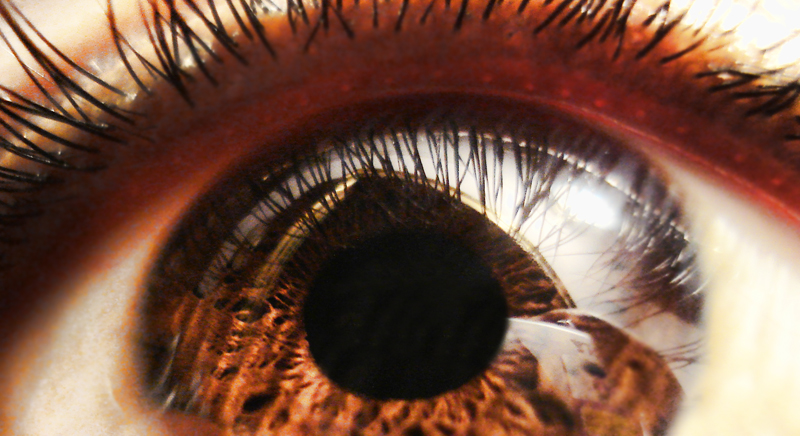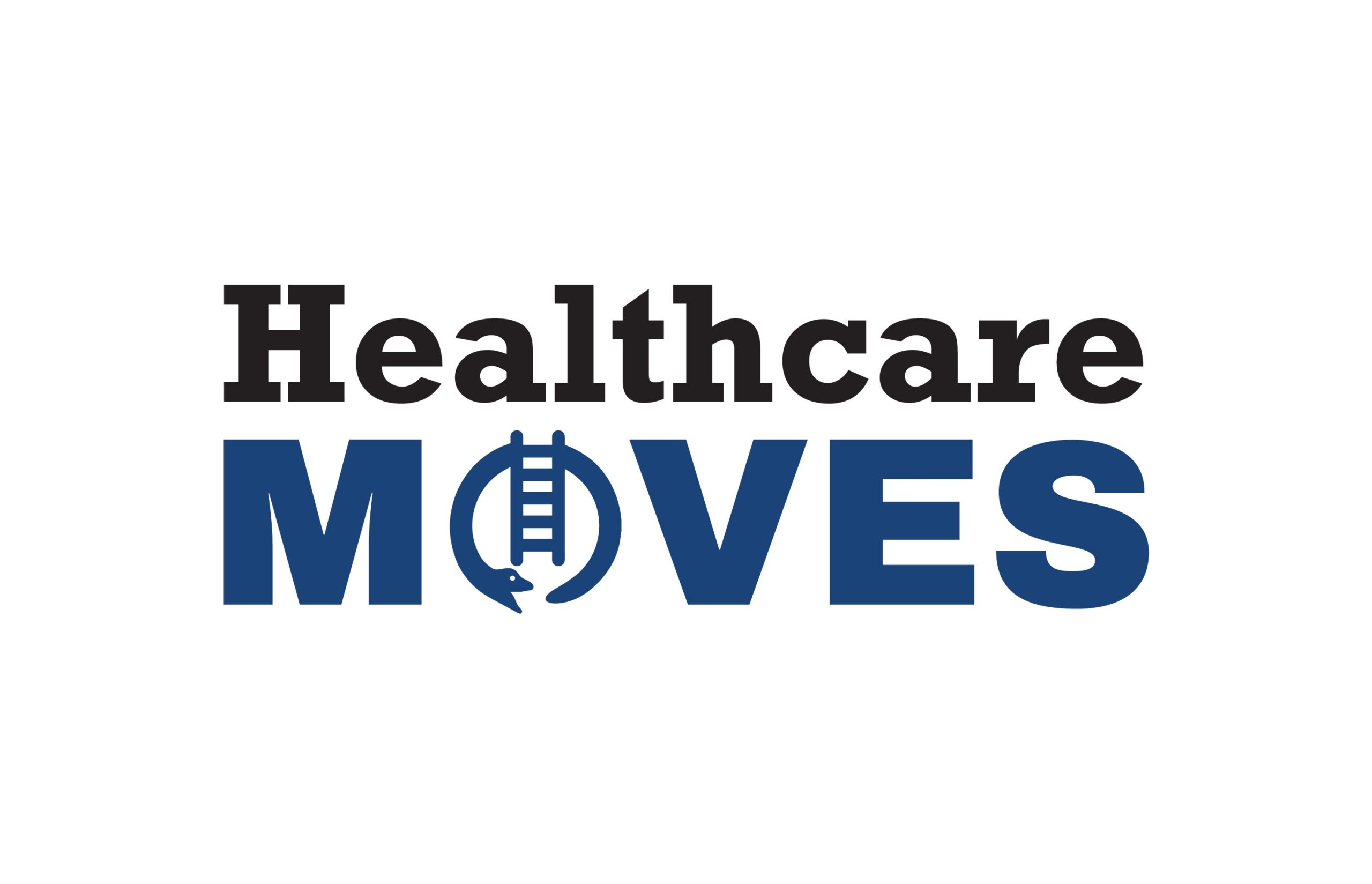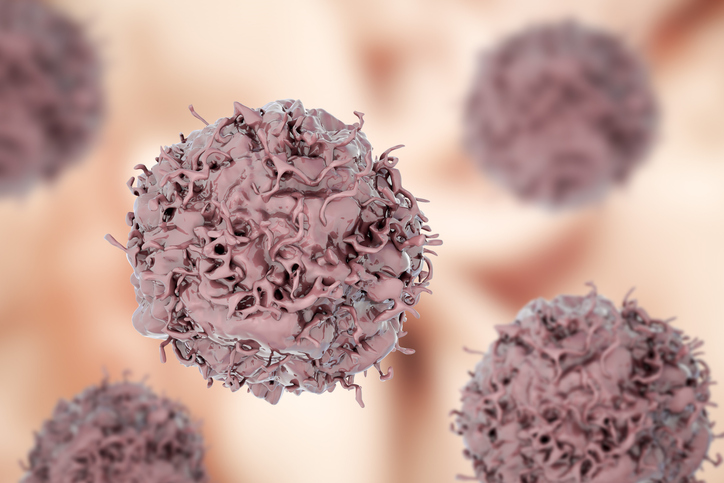Last year, Eyenuk CEO Kaushal Solanki told MedCity News his company is on a mission to “screen every eye in the world” by leveraging its AI-powered disease detection technologies.
Eyenuk still has a lot of work to do to reach that goal, but the Los Angeles-based company did recently reach a significant milestone. It received FDA clearance to use the Topcon NW400 retinal camera with its EyeArt AI system, which automatically detects diabetic retinopathy. This FDA clearance adds to the EyeArt AI system’s already-cleared usage with Canon CR-2 AF and Canon CR-2 Plus AF cameras — Eyenuk said this makes its system the only AI system that is FDA-cleared for use with multiple retinal cameras produced by different manufacturers.

With the Rise of AI, What IP Disputes in Healthcare Are Likely to Emerge?
Munck Wilson Mandala Partner Greg Howison shared his perspective on some of the legal ramifications around AI, IP, connected devices and the data they generate, in response to emailed questions.
Eyenuk’s EyeArt system provides screenings for diabetic retinopathy, which occurs when the retina’s blood vessels are damaged as a result of diabetes. The screenings include retinal imaging, diabetic retinopathy grading on international standards and immediate reporting. Once a patient’s images have been captured and submitted to the system, the results become available in a PDF report in 10 seconds, according to Solanki.
Age-related eye diseases and chronic disease complications like diabetic retinopathy or diabetic macular edema are the leading causes of blindness and low vision. These diseases are treatable if diagnosed early, but providers “have not been very effective” in diagnosing and treating these conditions, Solanki explained. Eyenuk is seeking to address this issue by shifting the paradigm from heavy reliance on specialists to widespread use of autonomous AI screening technologies.
The company’s system is a prescription software device cleared by the FDA to be operated by anyone who has a high-school diploma. With the recent FDA clearance earned by Eyenuk, the EyeArt system can now be used with three different retinal cameras — two made by Canon and one by Topcon.
Solanki said the fact that Eyenuk’s AI system can be used with multiple retinal cameras made by different manufacturers helps the company set itself apart from the competition — such as Digital Diagnostics, which also has an AI device that was cleared by the FDA to detect diabetic retinopathy.
“By expanding the label to include multiple camera models, we expand the choices that providers and patients have. That will go a long way in helping to achieve our mission of eliminating preventable blindness through screening,” he said in a recent interview.
Eyenuk sells its technology to health plans and a wide range of providers, including hospitals, primary care clinics, diabetes and endocrinology clinics, eyecare practices, community health centers and federally qualified health centers. Some of its customers include Providence, UnityPoint Health, Temple University Health and MaineHealth.
To date, the EyeArt system has been used for screening in more than 230,000 patients with diabetes. Now that the EyeArt system is compatible with another camera model, Solanki hopes this number will increase significantly. Adopting the system will now become a more attractive option for providers who already have Topcon NW400 cameras, he pointed out.
“If we want to screen every eye in the world or screen everyone with diabetes, we should be compatible with more and more devices — that’s how we have taken a big step,” Solanki declared.
This latest FDA clearance for Eyenuk’s EyeArt system is based on data from a multi-center clinical trial. The data showed that Topcon NW400 cameras achieved 94.4% sensitivity and 91.1% specificity for more than mild diabetic retinopathy detection, as well as 96.8% sensitivity and 91.6% specificity for vision-threatening diabetic retinopathy detection.
Photo: Flickr user Rakesh Rocky















